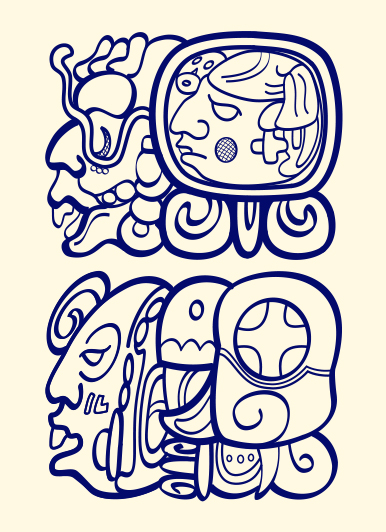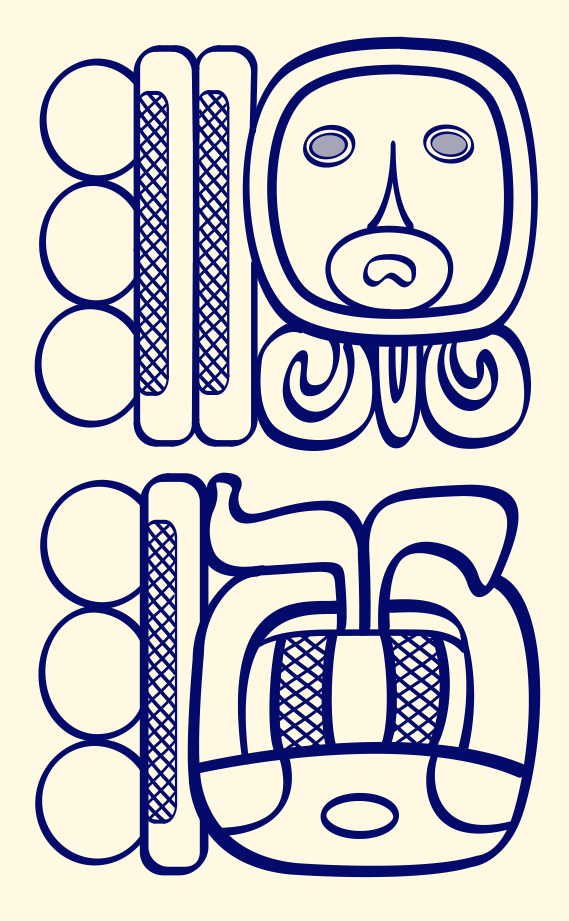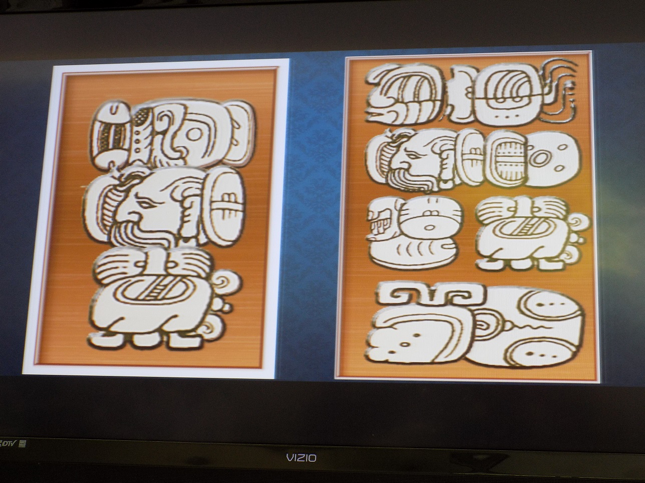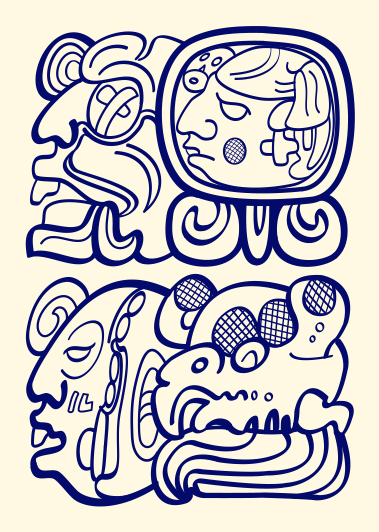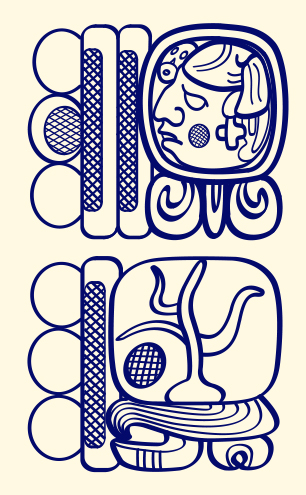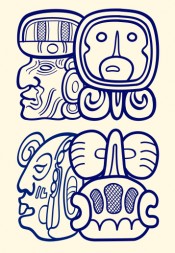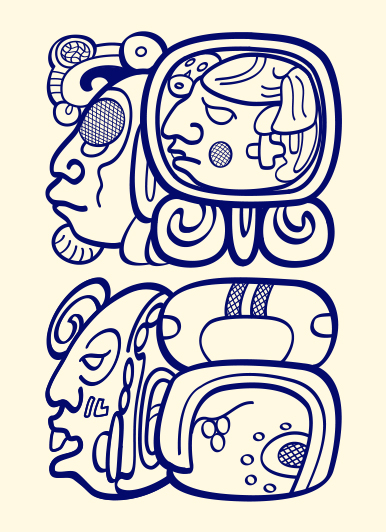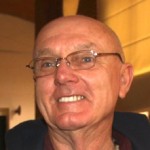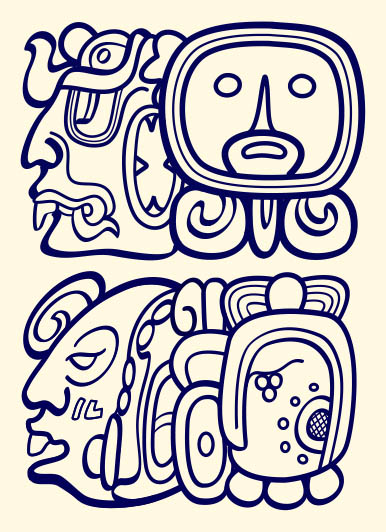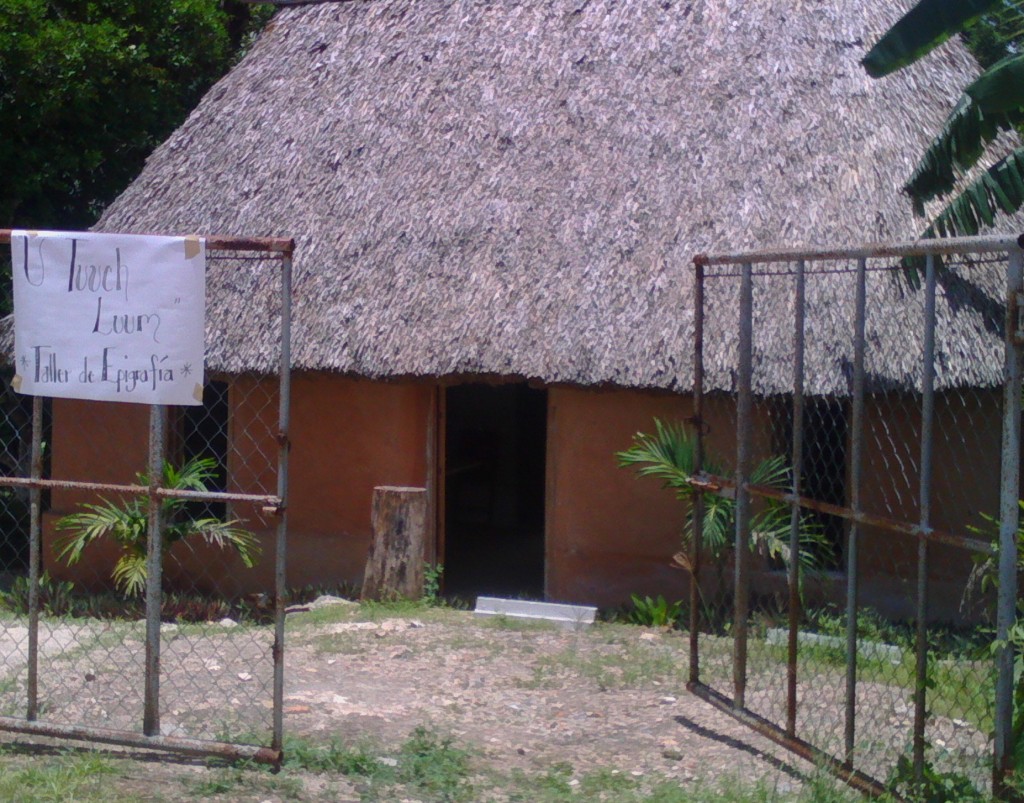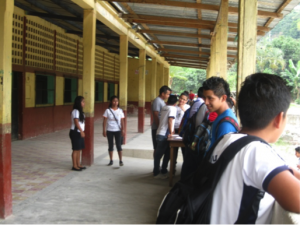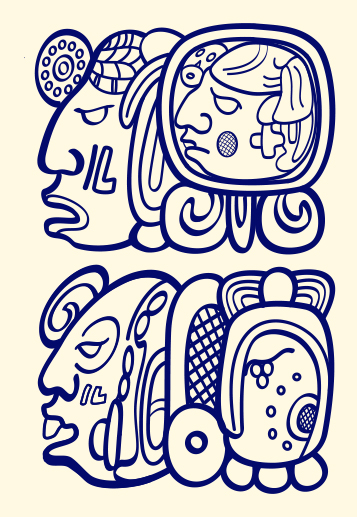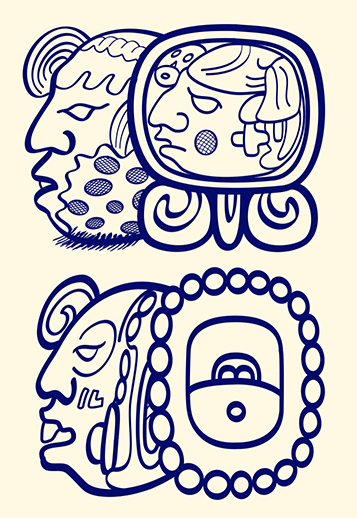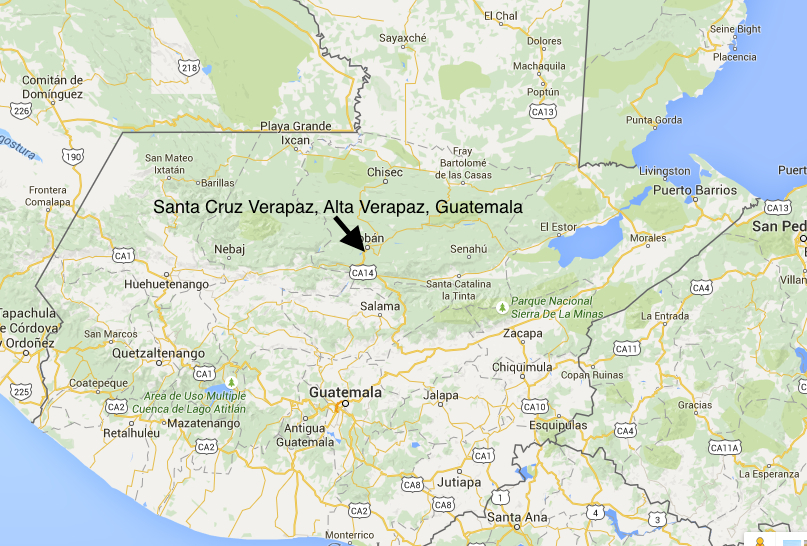“ ‘A people without history is like a tree without roots,’ goes the famous saying. This is precisely what epigraphy signifies for the Maya people.” Antonio Cuxil, Maya Kaqchikel, Co-organizer of the 2016 Congress of Maya Epigraphers.
Dear readers;
We used the above quote in 2012 when we at MAM launched our new web site with our new name and logo, and this saying has not lost its power (see 9 Ajaw 8 Pax, February 5, 2012).
Today, four years and 19 days later, we announce to you the Third International Congress of Maya Epigraphers (2012 Valladolid, Yucatan; 2014 Ocosingo, Chiapas; 2016 El Remate/Tikal, Petén, Guatemala) to be held on May 14-20, 2016.
If you click on this link https://www.generosity.com/education-fundraising/maya-revival–2 you will go to the Generosity crowd-funding campaign, where the video tells our story.
Like the crowd-funding we did in 2014 to support the Second International Congress of Maya Epigraphers, we prepared a video to promote our mission. In 2014 we called it Maya Revival, and since it was successful, we call this one Maya Revival II.
You can all help us by going to the Facebook and Twitter share buttons and spreading the word, or simply notifying friends and colleagues the old-fashioned way, by e-mail.
Thank you in advance for your loyal support. We look forward to telling you our progress toward our goal in our next blog in twenty days.
Bruce Love, President
MAM (Mayas for Ancient Mayan; Maya Antiguo para los Mayas)
Ana Elizabeth López Ramírez, leader in the Mam Maya linguistic community and day-keeper (diviner, spiritual leader, and interpreter of the contemporary Maya calendar). With the Madrid Codex calendar projected on the screen, Ana López writes the matching contemporary calendar on the white board, a calendar used in daily life.
The intensity and absorption in this girl’s eyes show the positive effect of our mini-grant program as she painstakingly copies the glyph “pu” to write her surname Puc. Popol Naj workshop, Tizimin, Yucatán, led by MAM colleague Ana Patricia Martínez Huchim.
Click here to see the video and visit our campaign!
“ ‘Un pueblo sin historia es como un árbol sin raíces,’ reza el famoso refrán. Eso es precisamente lo que la epigrafía significan para el pueblo maya.” Antonio Cuxil, Maya Kaqchikel, co-organizador del Tercer Congreso de Epigrafistas Mayas.
Queridos lectores:
Al lanzar en 2012 el nuevo sitio de Internet de MAM con el nuevo nombre y el nuevo emblema, usamos la cita que aparece arriba. La cita sigue siendo tan fuerte ahora como lo era entonces (ver 9 Ajaw 8 Pax, 5 de febrero de 2012).
El día de hoy, cuatro años y 19 días después, anunciamos el Tercer Congreso Internacional de Epigrafistas Mayas, que se llevará a cabo del 14 al 20 de mayo de 2016. (El primero, en 2012, tuvo lugar en Valladolid, Yucatán; el segundo, en 2014, fue en Ocosingo, Chiapas; el tercero tendrá lugar en 2016, en El Remate/Tikal, Petén, Guatemala).
Al hacer click en esta liga https://www.generosity.com/education-fundraising/maya-revival–2 podrá visitar la campaña de recaudación de fondos Generosity, en donde podrá ver el video que cuenta nuestra historia.
Al igual que la campaña de recaudación de fondos que llevamos a cabo en 2014 para apoyar al Segundo Congreso Internacional de Epigrafistas Mayas, hemos preparado un video para promover nuestra misión. En 2014, llamamos a nuestra campaña Maya Revival (Renacimiento Maya) y, en vista del éxito alcanzado entonces, hemos decidido llamar a esta nueva campaña Maya Revival II.
Pueden apoyarnos pulsando los botones para compartir en Facebook y en Twitter con el fin de difundir nuestro esfuerzo entre más personas, o sencillamente notificando a sus amigos y colegas a la vieja usanza: por correo electrónico.
Agradecemos de antemano su generoso apoyo durante la campaña de recaudación de fondos, que durará 40 días.
Les tendremos al tanto de los avances a mitad de campaña en nuestro siguiente blog, en veinte días más.
Bruce Love, Presidente
MAM (Maya Antiguo para los Mayas)
Ana Elizabeth López Ramírez, líder de la comunidad lingüística Mam y conocedora de la cosmovisión y calendario Maya. Proyectados en la pantalla de atrás, los nombres de los 20 días mayas, según aparecen en el Códice de Madrid, se funden sin dificultad con el calendario vivo de 20 días en la lengua Mam.
La intensidad y la concentración patentes en los ojos de esta niña, mientras copia concienzudamente el glifo “pu” para escribir “Puc”, que es su apellido, muestran el efecto positivo de nuestro programa de mini financiamientos. Taller Popol Naj, Tizimín, Yucatán, conducido por nuestra colega de MAM, Ana Patricia Matínez Huchim.
Haz click acá para ver el video y visitar la campaña.

